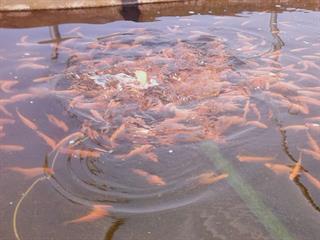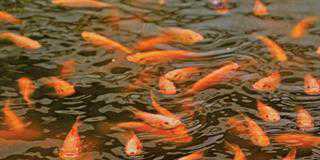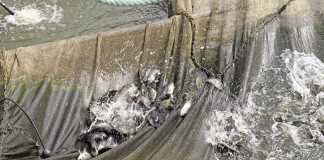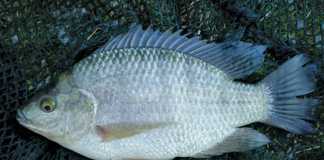
The biannual aquaculture conference of the Aquaculture Association of Southern Africa (AASA) took place from 28 to 30 September near Polokwane. The three-day event and the three workshops that followed were attended by more than 200 delegates from the aquaculture industry. The theme was ‘Shaping the future’ and the 77 oral presentations and 27 poster papers described exciting new developments.
Speakers included Dr James Ebeling, who has pioneered cutting- edge technologies in recirculating systems and developed high-tech systems for intensive aquaculture. He has even advised on experiments involving hatching tilapia eggs in zero gravity on the International Space Station. Representing the FAO, Dr Melba Bondad-Reantaso from the Philippines emphasised the need for biosecurity in fish farms, while Prof Peter Britz, who succeeded Roger Krohn as chairperson of the AASA, gave a regional overview of aquacultural developments.
Dr Erick Roderick, executive director of Fishgen, based at Swansea University in Wales, presented exciting information on the uses of YY chromosome technology. Developed by Fishgen, this produces monosex tilapia without the use of methylltestosterone, currently the favoured modus operandi on most commercial fish farms around the world.
Themes
The conference was attended by a plethora of government officials, especially those from co-hosts, the Department of Agriculture, Fisheries and Forestry (DAFF). By contrast, few producers attended. One is left asking why DAFF sponsored so many of its own officials to attend the conference (37 plus another 33 from the provincial departments), but did not sponsor a single farmer.
At any rate, two themes concerning warm water aquaculture emerged: the increasingly complex and frustrating maze of regulatory frameworks throttling aquaculture development, and the absence of large-scale commercial fish farms in South Africa, in contrast with neighbouring countries.
My own presentation illustrated the exciting development of commercial high-volume tilapia farms in Ghana, Uganda, Zimbabwe and Zambia. I also covered the new pond and raceway farms under construction or already in production in Burundi, Zambia and Mozambique.
These are all well-funded private ventures producing tilapia using modern techniques developed in Asia, with monosex production of improved strains of tilapia. Most successful projects incorporate the use of animal manures to enhance productivity, combined with supplemental feeding.
These private enterprise projects are developing sophisticated hatcheries to supply their own operations as well as smaller producers with quality seed stock in an attempt to avoid the recurring African problem of poor quality fingerling supply.
It also emerged that the South African situation was soon to be further complicated by the adoption of an Aquaculture Act.
Furthermore, permits for high-performing species are being issued in a haphazard, uncoordinated fashion, with little cooperation between national and provincial levels of the administration. At a technical level, the country is littered with failed systems which clearly illustrate that technically complex systems designed for First World environments are inappropriate for this country.
Will the lessons be learnt?
It is to be hoped that the government officials took note of these factors and will amend their approaches to both policy development and funding. With the World Aquaculture Society meeting destined for Cape Town in 2017, South Africa could be in for an embarrassingly poor showing.













